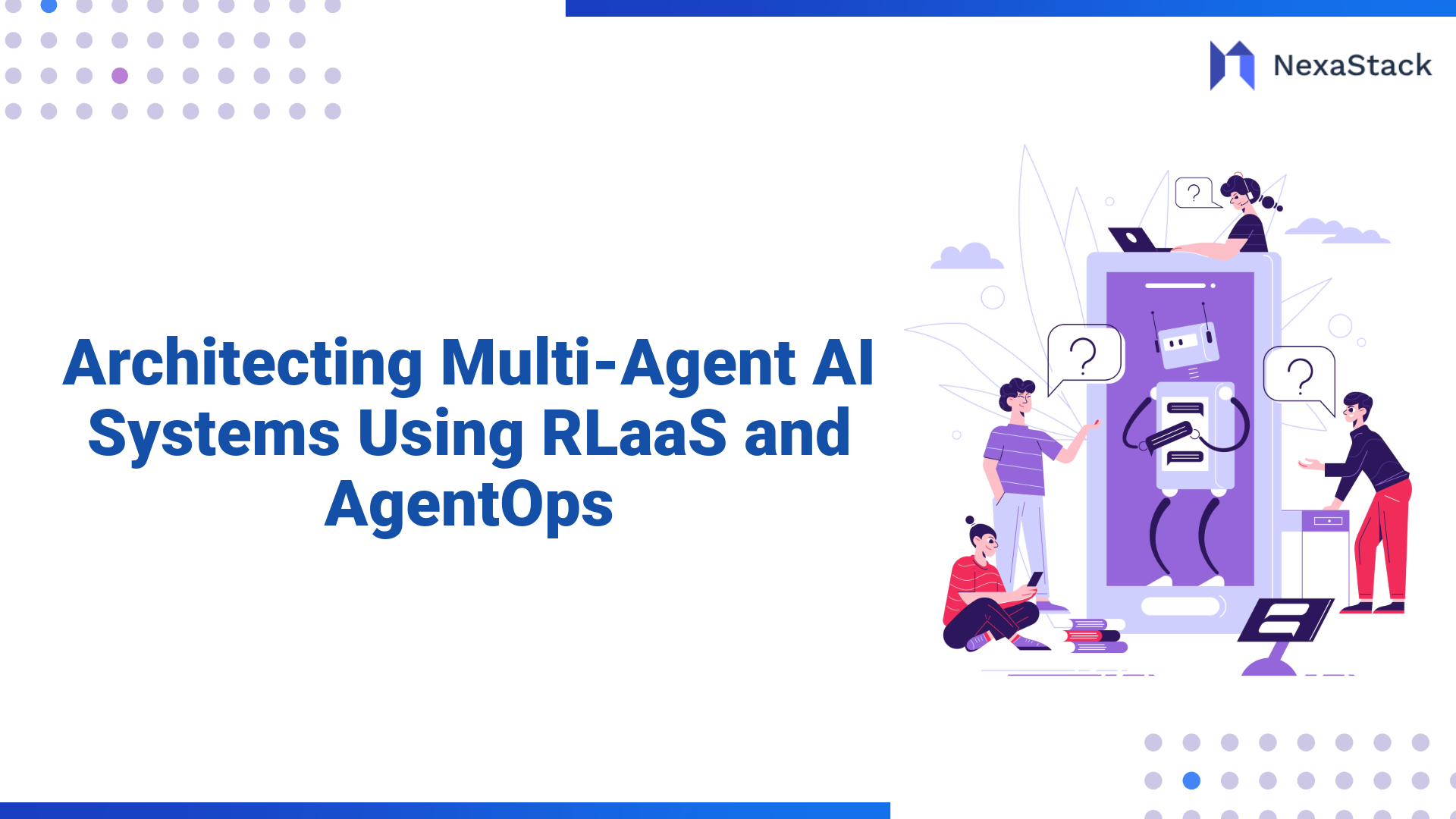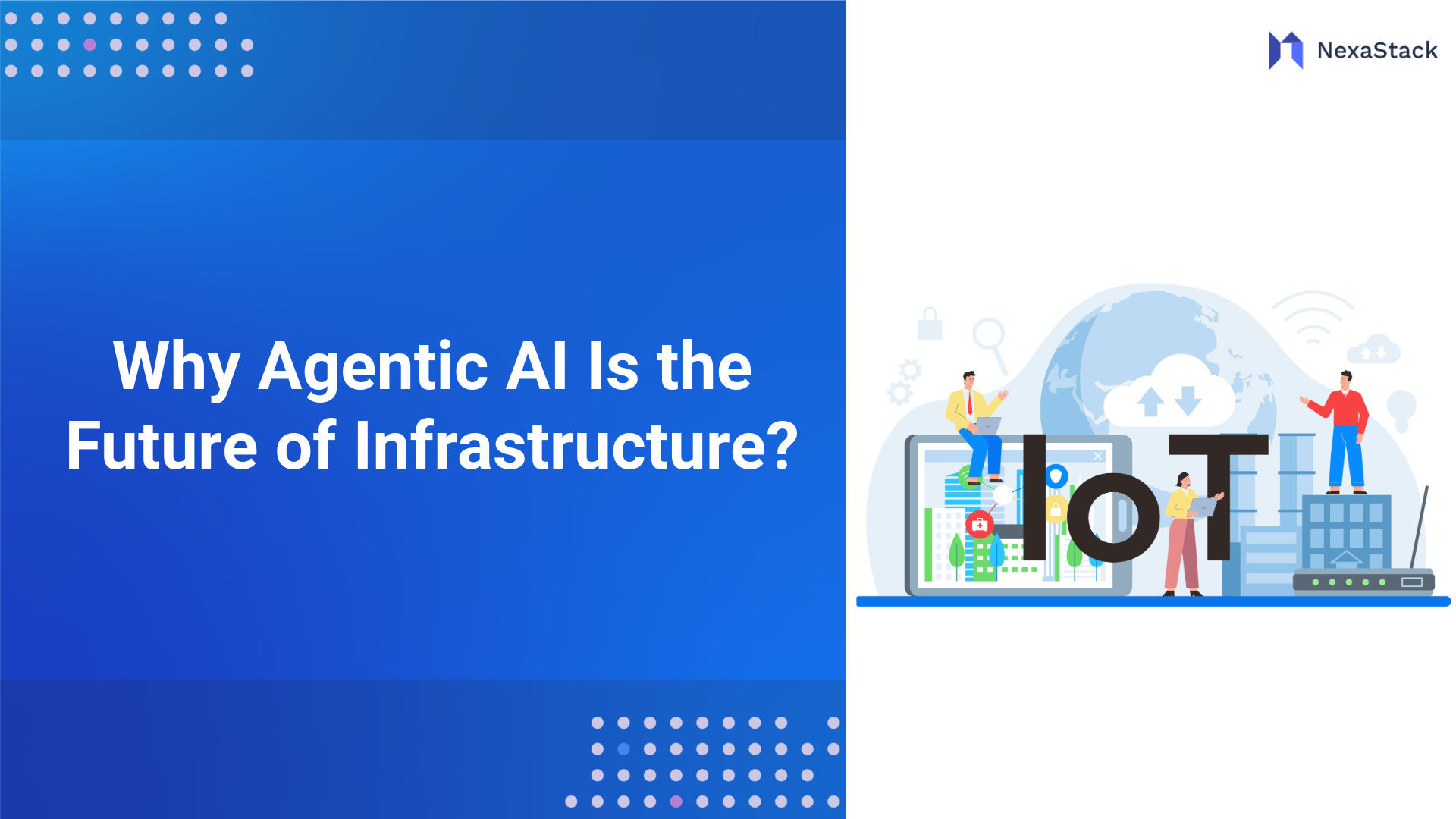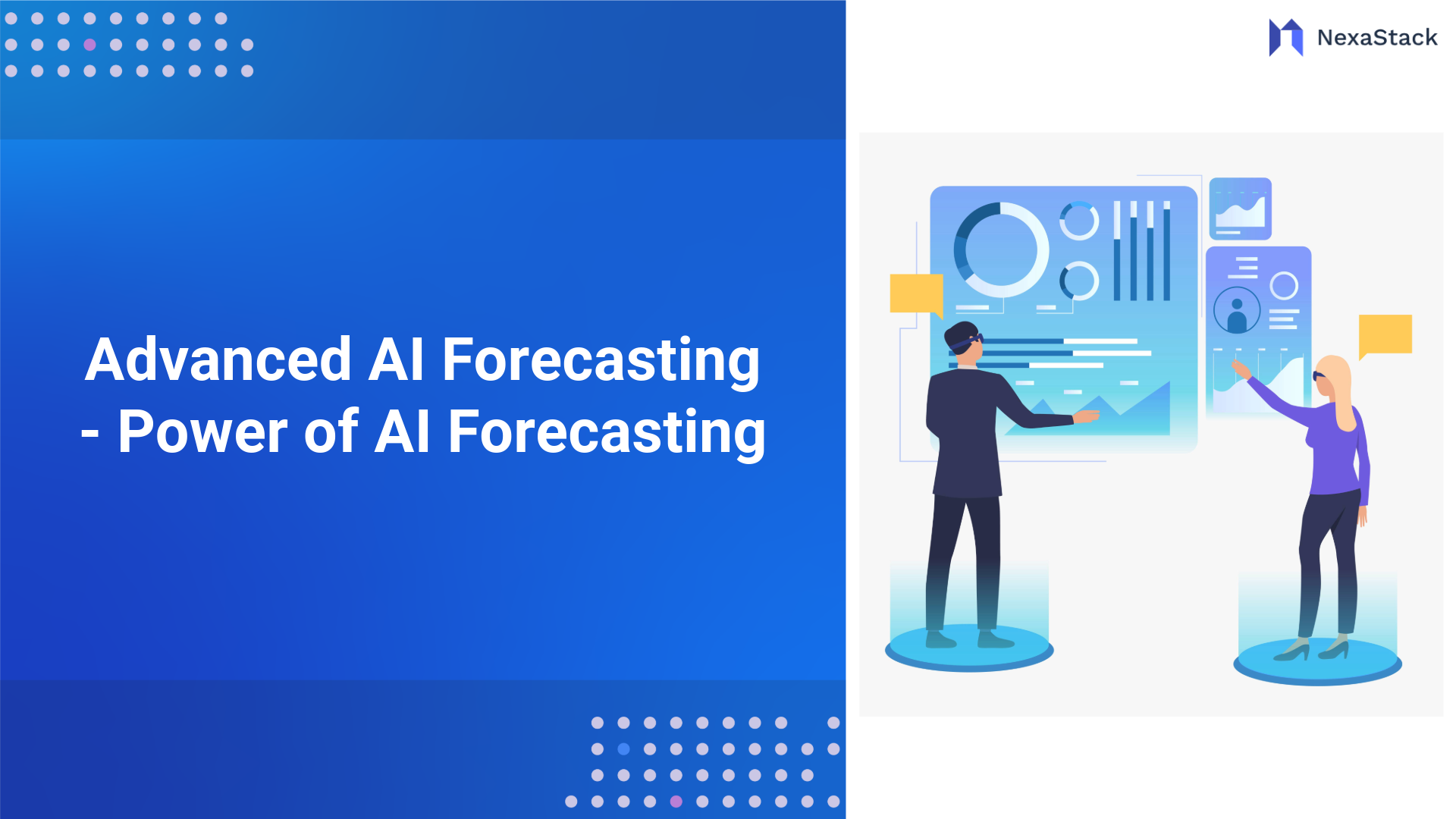Key Components of an AI-Powered Predictive Maintenance System
- Real-Time Equipment Monitoring via AI Agents
AI agents continuously analyse time-series signals from IoT sensors, comparing them against baseline performance metrics. Machine learning models (e.g., LSTM networks, Random Forests) detect anomalies and predict failure probabilities.
- Example: A motor’s vibration patterns deviate from normal—AI flags it for inspection before bearing failure occurs.
- Early Maintenance Triggers via ERP/MES Integration
When AI detects a potential failure, it autonomously:
-
Generates a maintenance work order in the ERP system.
-
Assigns priority based on risk severity.
-
Recommends spare parts and labour allocation.
This reduces manual intervention and ensures timely corrective actions.
- Root Cause Analysis & Failure Contextualization
Agentic AI doesn’t just predict failures—it learns from past incidents to improve future recommendations. By analysing:
-
Historical failure logs
-
Maintenance records
-
Environmental & operational conditions
AI provides actionable insights, such as:
-
“Bearing failures occur most frequently under high-load conditions—schedule inspections before peak cycles.”
-
“Hydraulic leaks correlate with temperature spikes—check seals monthly.”
Business Impact: Reducing Downtime & MRO Costs
Unplanned downtime and inefficient maintenance cost industries billions annually in lost productivity, emergency repairs, and excess inventory. By deploying Agentic AI for predictive maintenance (PdM), businesses can transform their maintenance operations, shifting from costly reactive fixes to data-driven, proactive interventions. Below, we explore the tangible benefits in detail.
- Minimise Unplanned Downtime
Early Detection Prevents Catastrophic Failures
-
Traditional maintenance relies on fixed schedules or reactive breakdown responses, often missing early warning signs.
-
AI analyses real-time sensor data (vibration, temperature, pressure) to detect anomalies weeks or months before failure.
-
According to McKinsey, early fault detection can reduce unplanned downtime by 30-50%, saving millions in lost production.
Just-in-Time Maintenance Avoids Unnecessary Stoppages
-
Instead of shutting down equipment for routine checks (which may still miss failures), AI triggers maintenance only when needed.
-
Example: A predictive AI model detects abnormal bearing wear in a turbine and schedules repairs during planned downtime, avoiding a mid-production breakdown.
- Optimise MRO Inventory & Costs
Reduce Overstocking with Precise Spare Parts Forecasting
-
Due to uncertainty, many companies overstock spare parts, tying up capital in unused inventory.
-
AI predicts exactly when and which components will fail, enabling:
-
Right-sizing inventory (no excess stock).
-
Automated reordering via ERP integration when failure risk exceeds a threshold.
-
Case Study: A global oil refinery reduced MRO inventory costs by 20% using AI-driven demand forecasting.
Extend Asset Lifespan with Proactive Maintenance
-
AI doesn’t just predict failures—it recommends optimal maintenance actions to prolong equipment life.
-
Example: If AI detects lubrication degradation in a conveyor system, it schedules a top-up before wear accelerates, extending bearing life by 15-20%.
- Enhance Operational Efficiency
Automated Workflows Reduce Manual Effort
-
Traditional maintenance planning is labour-intensive, requiring manual inspections, work orders, and approvals.
-
AI automates the entire process:
-
Detects anomalies → Generates work orders in ERP/MES.
-
Assigns tasks to technicians → Tracks completion.
-
Updates maintenance logs → Improves future predictions.
-
Result: 30-40% reduction in administrative workload for maintenance teams.
Continuous Learning Refines Strategies Over Time
-
AI doesn’t just follow static rules—it learns from every failure and repair.
-
By analysing:
-
Which predictions were accurate?
-
Which maintenance actions prevented failures?
-
What external factors (weather, load cycles) influence breakdowns?
-
The system continuously improves, reducing false alarms and increasing prediction accuracy.
Real-World Impact: Case Studies
|
Company |
Challenge |
AI Solution |
Result |
|
Automotive Manufacturer |
Frequent motor failures cause assembly line stoppages |
AI-monitored vibration & thermal sensors |
45% reduction in unplanned downtime |
|
Steel Plant |
High MRO costs due to overstocking |
AI-driven spare parts demand forecasting |
$2M annual savings in inventory costs |
|
Wind Farm Operator |
Turbine failures leading to costly crane rentals |
Predictive maintenance for gearbox wear |
20% longer component lifespan |
Implementation Roadmap
Deploying Agentic AI for predictive maintenance (PdM) requires a structured approach to ensure seamless integration and maximum ROI. Below is a detailed breakdown of the 4-step implementation roadmap, covering technical and operational considerations.
Step 1: Deploy IoT Sensors for Real-Time Equipment Monitoring
Why It’s Critical
-
Without real-time data, AI cannot detect anomalies or predict failures.
-
Sensors provide continuous streams of vibration, temperature, pressure, and acoustic data—key indicators of equipment health.
Key Actions
-
Select the Right Sensors (accelerometers, thermocouples, pressure transducers).
-
Install on Critical Assets (high-cost, high-impact machinery first).
-
Ensure Data Connectivity (Wi-Fi, 5G, or edge computing for low-latency processing).
-
Validate data quality (remove noise and ensure consistent sampling rates).
Step 2: Train AI Models on Historical Failure Data
Why It’s Critical
-
AI needs past failure patterns to recognise early warning signs.
-
Supervised learning models (e.g., LSTM, Random Forest, XGBoost) predict failures based on:
-
Time-series sensor data (trends leading up to past failures).
-
Maintenance logs (what repairs were done and when).
-
Operational context (load conditions, environmental factors).
Key Actions
-
Collect & Clean Historical Data (sensor logs, work orders, failure reports).
-
Label Failure Events (define what constitutes a "failure" in the data).
-
Train & Validate Models (test accuracy using F1-score, precision-recall).
-
Deploy in a Sandbox First (simulate predictions before live use).
Step 3: Integrate with ERP/MES for Automated Workflows
Why It’s Critical
-
AI predictions are useless if they don’t trigger real-world actions.
-
Integration with ERP (SAP, Oracle) or MES (Siemens, Rockwell) automates:
-
Maintenance work orders (auto-generated when AI detects risk).
-
Spare parts procurement (ERP auto-orders replacements).
-
Technician dispatch (schedules repairs during planned downtime).
Key Actions
-
API-Based Integration (connect AI platform to ERP/MES).
-
Define Business Rules (e.g., "If failure probability >80%, create a P1 work order").
-
Test in Staging Environment (ensure no workflow disruptions).
Step 4: Continuously Refine AI Agents with Feedback Loops
Why It’s Critical
-
AI models decay over time if not updated with new data.
-
A feedback loop ensures:
-
False positives/negatives are corrected.
-
New failure modes are incorporated.
-
Maintenance effectiveness is tracked.
Key Actions
-
Log All Predictions vs. Actual Outcomes (did the predicted failure occur?).
-
Retrain Models Quarterly (or after significant process changes).
-
Incorporate Technician Feedback (allow manual overrides/annotations).
Expected Timeline & Milestones
|
Phase |
Duration |
Key Deliverables |
|
IoT Sensor Deployment |
1-3 months |
Sensors installed, data streaming reliably |
|
AI Model Training |
2-4 months |
Validated models with >90% precision |
|
ERP/MES Integration |
1-2 months |
Automated work orders & alerts live |
|
Continuous Improvement |
Ongoing |
Quarterly model updates, accuracy gains |
Conclusion of Prevent Downtime & Cut Costs
Predictive maintenance powered by Agentic AI is no longer a futuristic concept—it’s a competitive necessity. By leveraging AI to monitor equipment, automate maintenance triggers, and provide root-cause insights, businesses can slash downtime, cut MRO costs, and boost productivity.
The future of industrial maintenance is predictive, proactive, and AI-driven—are you ready to transform your operations?







